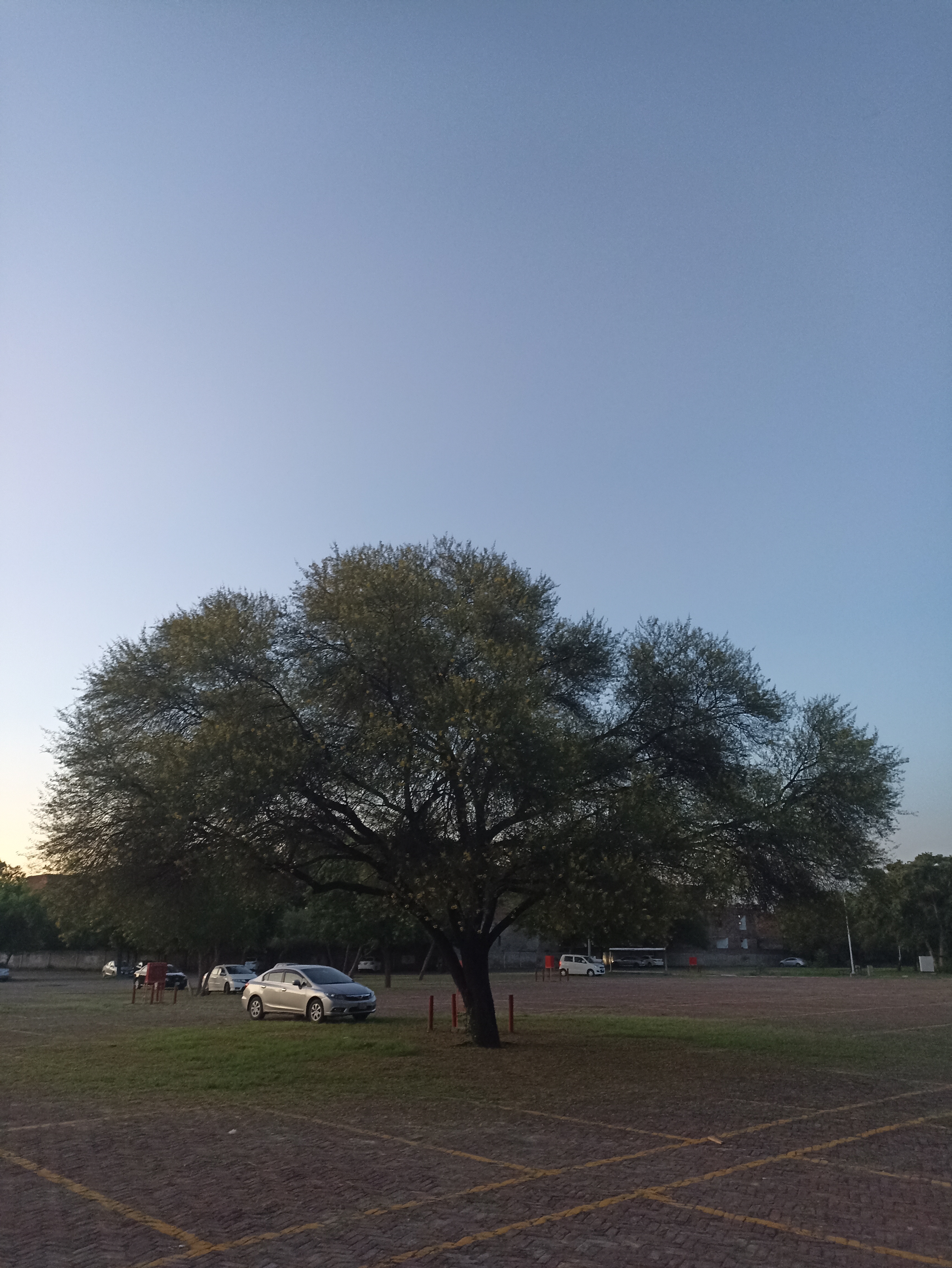Acacia catechu
Species
Families
Local Names
Genus
Native/Introduced
DNA Barcode
Description
Senegalia catechu is a deciduous, thorny tree which grows up to 15 m (50 ft) in height. The plant is called khair in Hindi, and kachu in Malay, hence the name was Latinized to "catechu" in Linnaean taxonomy, as the type-species from which the extracts cutch and catechu are derived. Common names for it include kher, catechu, cachou, cutchtree, black cutch, and black catechu.
Senegalia catechu is native to South Asia and Southeast Asia, including the Indian subcontinent, Myanmar, Thailand and China (Yunnan).
Through derivatives of the flavanols in its extracts, the species has lent its name to the important catechins, catechols and catecholamines of chemistry and biology.
Food
Senegalia catechu flowers
The tree's seeds are a good source of protein. Kattha (catechu), an extract of its heartwood, is used as an ingredient to give red color and typical flavor to paan. Paan is an Indian and Southeast Asian tradition of chewing betel leaf (Piper betle) with areca nut and slaked lime paste.
Fodder
Branches of the tree are quite often cut for goat fodder and are sometimes fed to cattle.
Folk medicine
The heartwood, bark, and wood extract (called catechu) are used in traditional medicine. The concentrated aqueous extract, known as khayer gum or cutch, is astringent.
Wood
Senegalia catechu trunks
The tree is often planted for use as firewood and charcoal and its wood is highly valued for furniture and tools. The wood has a density of about 0.88 g/cm3.
Other uses
Its heartwood extract is used in dyeing and leather tanning, as a preservative for fishing nets, and as a viscosity regulator for oil drilling. Its flowers are a good source of nectar and pollen for bees.
Cultivation
Senegalia catechu pods
The tree can be propagated by planting its seeds, which are soaked in hot water first. After about six months in a nursery, the seedlings can be planted in the field.









































































































































